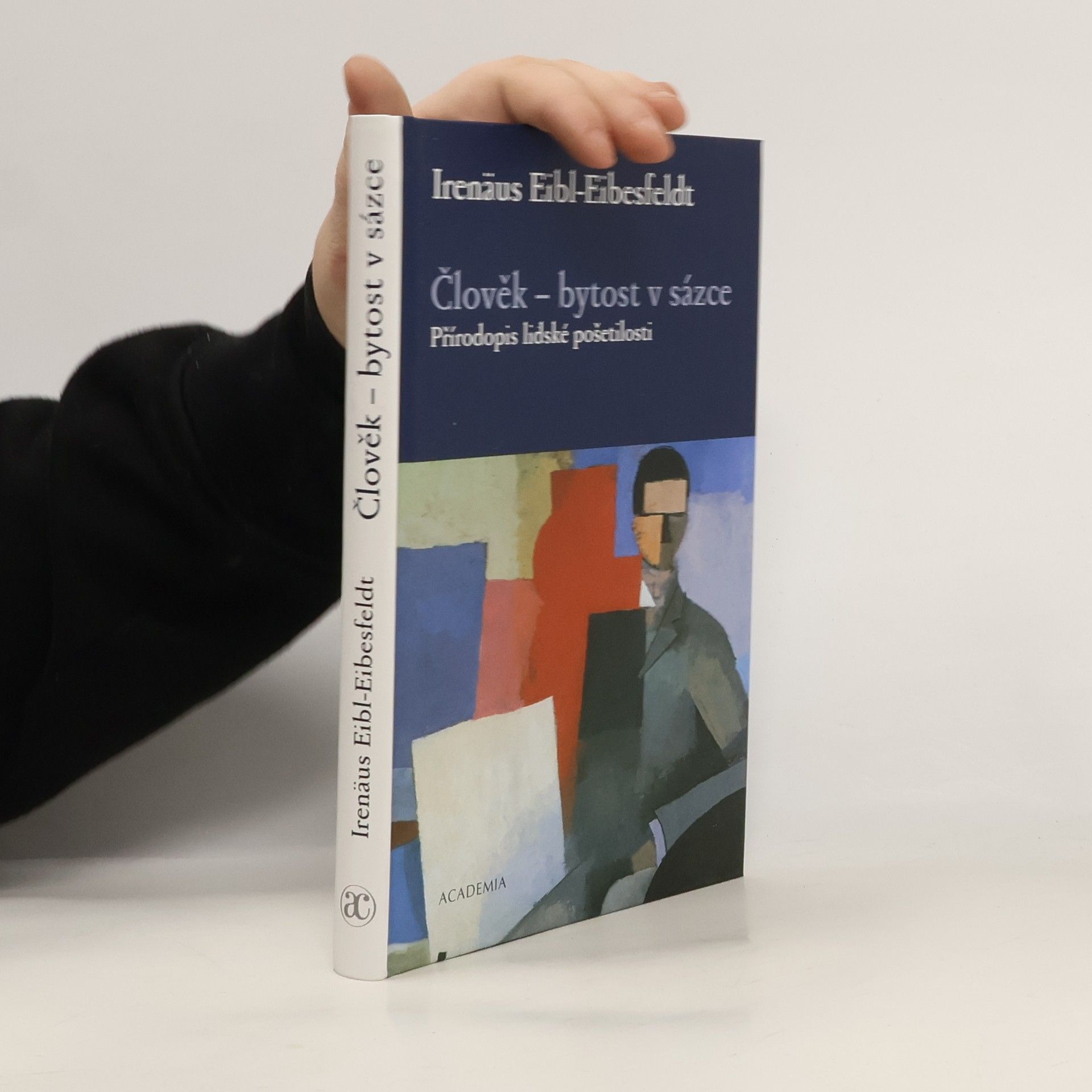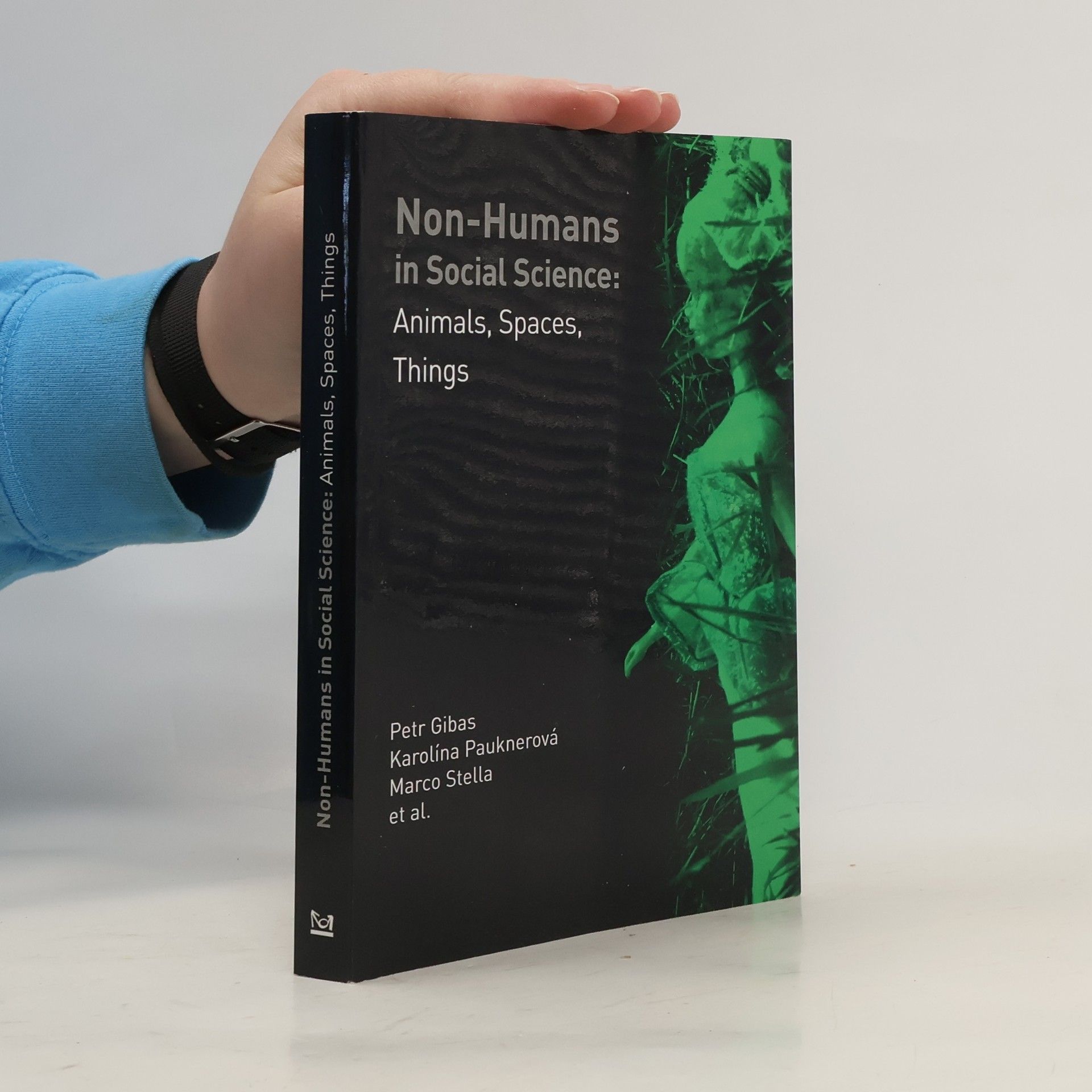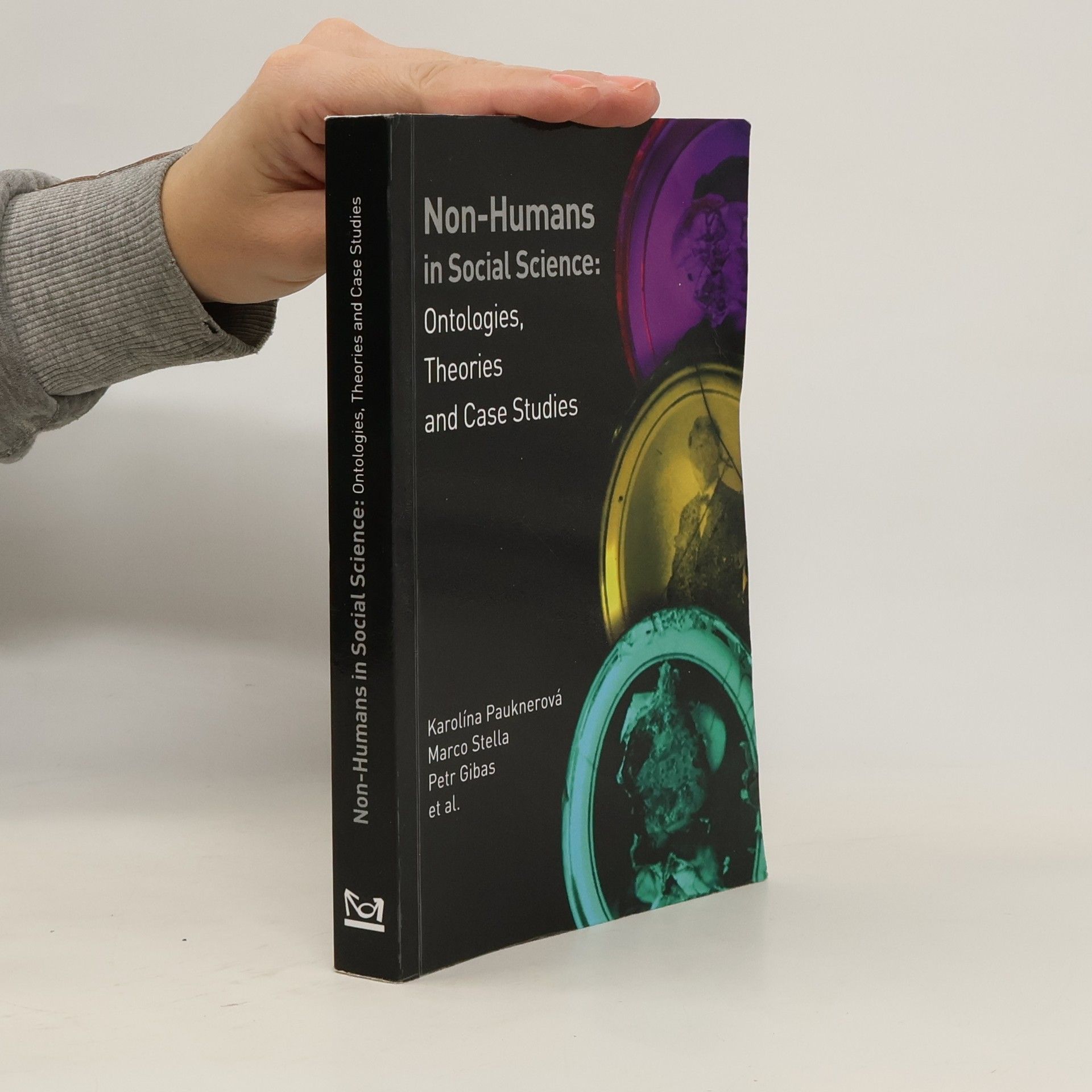The book explores the issue of non-humans and their role and position within contemporary social sciences. Inspired by current trends of bridging the dichotomy of nature and culture, the authors use the „non-human“ as a prism that offers a different perspective of the world, society, culture and last but not least, deing(s). To start paying attention to non-humans has the potential to hybridize social sciences and in turn enrich them as well as to offer social scientists novel perspectives and tools to approach social phenomena. Such an attitude might in turn lead to a rassessment of understanding of the relationship between the world and being, and of the categories of being and subject, hence the potential of non-humans to stimulate an ontological shift within social sciences.
Marco Stella Livres





Non-Humans and after in Social Science
- 266pages
- 10 heures de lecture
This book is the third in a series exploring the potential of non-humans to illustrate and inspire an approach in which the pre-established boundaries of scholarly thought and practice blur so that new directions in theory and research can emerge. Humans and non-humans are co-present in the world. For long, they have seemed and been thought of as an ontological binary opposition with humans elevated above the rest. As this book series testifies, recently, there has been a move in social sciences towards non-humans as they provide new prisms to look at issues that have for long been of interest to social sciences.This growing interest in non-humans shatters the ontological assumptions about the difference between humans and the rest of life forms as well as reappraises the relationship between humans (and non-humans) and inanimate objects. What the individual chapters in this book as well as the volume as such elaborate on is the fact that humans and various non-humans are not as separate as they have been believed to be; they sometimes encounter and even co-create each other to the extent where the delimitations start to disappear. Non-humans differ from humans in many respects. However, at certain moments, the difference does not necessarily have to be what governs the relationship between them. To understand what happens when humans and non- humans encounter each other needs a more nuanced perspective. This is what the individual chapters in this book hope to achieve. What the book calls for and the chapters exemplify is a need of a close reading of how the co-presence of diverse entities, humans as well as various non-humans, influences their presence and the boundaries between them at given moments of sharing, forming and inhabiting the world.
Non-humans in Social Science
- 314pages
- 11 heures de lecture
Ideas of dead, inert space, non-living, machinelike, reflexively controlled bodies and passive, meaningless things are very modern. At the very heart of the program of modernity, resource exploitation and consumption is the idea that non-humans have no agency - they are simply resources to be manipulated and exploited at out will. Mostly leaving aside the more and more evident ethical concerns of this worldview and this particular setting of the human- nonhuman boundary, this volume attempts to explore what social sciences have to say about the relationship between the human and non-human. The intention of this book is to offer a non-human perspective. We realize that it is sometimes difficult to say whether the outcome of such a perspective would be just a shallow tendency to anthropomorphize, or whether we could reach some of the previously unseen properties of non-humans. Being aware of the dangers, this volume puts together different case studies that are more or less inspired by the non-human perspective. The aim is to explore what has been for a long time put aside and to provide new insight, new revelations that con lead social sciences to undiscovered or hidden realms. The outcome of this thrilling adventure can in the end be a discovery that the role of natural and social sciences, or even more, the character of the nature-culture dichotomy would have to be re-evaluated.
Člověk - bytost v sázce: Přírodopis lidské pošetilosti
- 234pages
- 9 heures de lecture
Přírodopis lidské pošetilosti. Kniha prof. Irenäa Eibl-Eibesfeldta, zakladatele nového vědního oboru – etologie člověka, tedy vědy zabývající se zkoumáním biologických determinant v lidském chování – je obsáhlou prací, ve které se autor vyjadřuje z pozice zoologa a etologa k současným problémům lidstva a navazuje tak na tradici nevídaně úspěšných sociálně-kritických děl svého učitele, Rakušana Konrada Lorenze. I když kniha nepatří rokem vydání (1991) k nejžhavějším novinkám na trhu, vyjadřuje se k problémům, které člověka již od počátků jeho „civilizované“ éry trápily a možná budou trápit čím dál tím více, pokud se několik klíčových věcí v lidském chování a smýšlení nezmění. Je třeba podotknout, že žádná jiná autorova kniha nebyla dosud v ČR vydána (kromě knihy „Galapágy“, která však za minulého režimu vyšla bez vědomí autora) a také to, že Eibl-Eibesfeldt, ač je ve své domovině i celosvětově díky svému významu pro vědy o člověku poměrně známou osobností, je v České republice jako vědec i myslitel obecně spíše opomíjen.
Les salamandres de Capek sont parvenues, parallèlement à l'homme, à un très haut degré d'évolution. Ce sont de braves créatures peuplant discrètement, à l'abri des requins, certains hauts-fonds de nos côtes maritimes. Apprivoisés par l'homme moderne qui les rencontre, fasciné, sur une petite île sauvage au large de l'Indonésie, nos charmants lézards, bientôt asservis, finiront cependant par se révolter. Emporté par son élan, l'Homo saurien découvrira à son tour l'impérialisme et le nationalisme, grignotant peu à peu l'habitat terrestre. Les salamandres succèderont-elles à l'homme, seules maîtresses d'un globe aquatique, imitant celui-ci jusque dans sa manie d'autodestruction ?